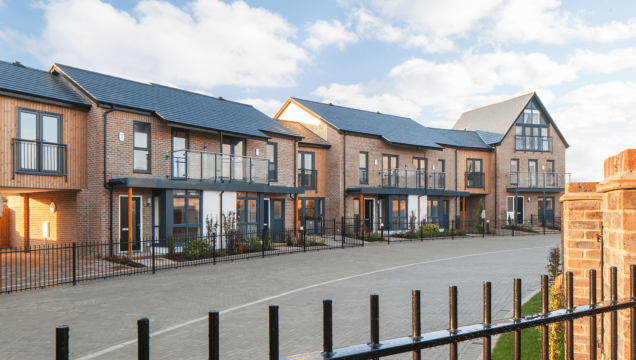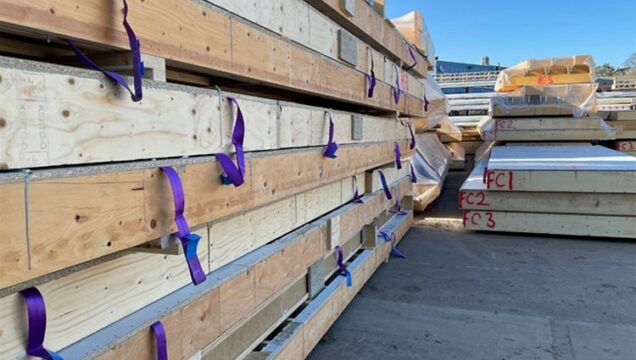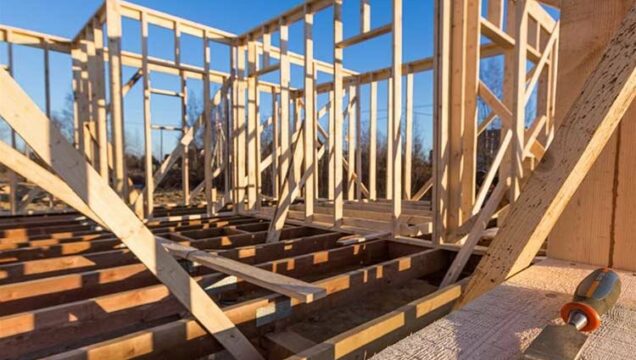

The construction industry has a productivity problem, with the construction of buildings suffering particularly. Since the mid-90s, the global average value-added per hour in the construction industry has grown much more slowly than other sectors and at around a quarter of the rate of growth seen in manufacturing. It’s even worse in the UK, where the output per hour worked in the construction of buildings has actually dropped by 25%, versus a growth of 25% in the rest of the economy.
But why does reduced productivity matter you may ask? Well there are a number of reasons:
- If we are more productive, the construction industry is less exposed to the shortage of labour being felt currently. It is estimated that 250,000 more construction workers are needed by 2026 to meet growing demand. One way to address this may be increased productivity – research by ING estimates that a productivity growth of 20% could reduce demand across the EU by 2.5 million workers
- Lower productivity leads to increased costs for companies and less earnings for construction workers. Studies have shown that had the pre-2008 productivity growth rate continued instead of dropping off, each worker would be better off by £5,000. Given how stretched personal and corporate budgets are due to increased raw material rates and the cost of living crisis, higher productivity is a way to get more for less.
- Being more productive means you use less resources. At a time where the financial and environmental costs of resources is being counted more closely than ever, any reduction in the amount of material and energy used in construction must be welcome. Utilising more “resource productive operations” can reduce carbon emissions by up to one-third in just a few years.
//So what can be done to increase productivity in construction?
Well, following research, the Construction Productivity Taskforce have released their guide “Trust and Productivity“, the private sector construction playbook. Among its suggestions, this document outlines 10 drivers for success. These include increased partnership work, embedding digital technologies, promoting innovation and working closely with the supply chain.
Relationships are a key part of their guidance, a recurrent theme that has been identified time and again in industry reports; from the Egan Report to Mark Farmer’s “Modernise or Die”. Working with specialist partners who have the knowledge and experience to augment existing processes is a no brainer when it comes to getting more out of what we already do. The Taskforce identify early engagement being key to this relationship building.
What else? Using new ways of working. Whether this is digital technologies, automation or new methods of construction, construction tends to lag behind other industries on the adoption of new ideas. One key area may be to look at new methods of construction – MMC or Offsite technologies. Timber frame is of course one string of this bow, falling under Category 2 of the Government’s MMC definitions, but there are many more incremental options as well like standardised temporary works, worker productivity tools and worker augmentation (VR etc). More ambitious offsite construction is already embedded into mainstream practices in the construction and housebuilding industry, an example being Weston Homes’ recently opened new Offsite factory, plus the likes of Barratt, Taylor Wimpey, Persimmon, CALA and Vistry committing to timber frame in a big way. As the playbook says:
“Modern methods of construction (MMC) have the potential to transform the construction industry into a highly productive, resource efficient, sustainable sector of the economy “
And what of humble timber frame, what part does it have to play? Well as has been shown above, manufacturing excels when it comes to productivity. Making things in warm, safe, controlled environments, unaffected by weather delays and the availability of shared site resources (fork lift trucks etc) can only increase productivity. Add to this the ease of introducing automation, the ability to manufacture in longer shifts, LEAN processes etc and it is obvious why other industries look to factories to do the majority of their fabrication. Along with timber frames’ advantages in the manufacturing processes, there are also proven benefits to using timber frame in terms of better health and safety, reduced waste, and reduced carbon so it’s certainly a technology worth taking the time to investigate.
The key to good implementation of any new product or technology is early engagement with the right partner, one that will support current processes. When it comes to timber frame, there are several good suppliers available (represented by the Structural Timber Association), I am just proud to work for one of the best.


